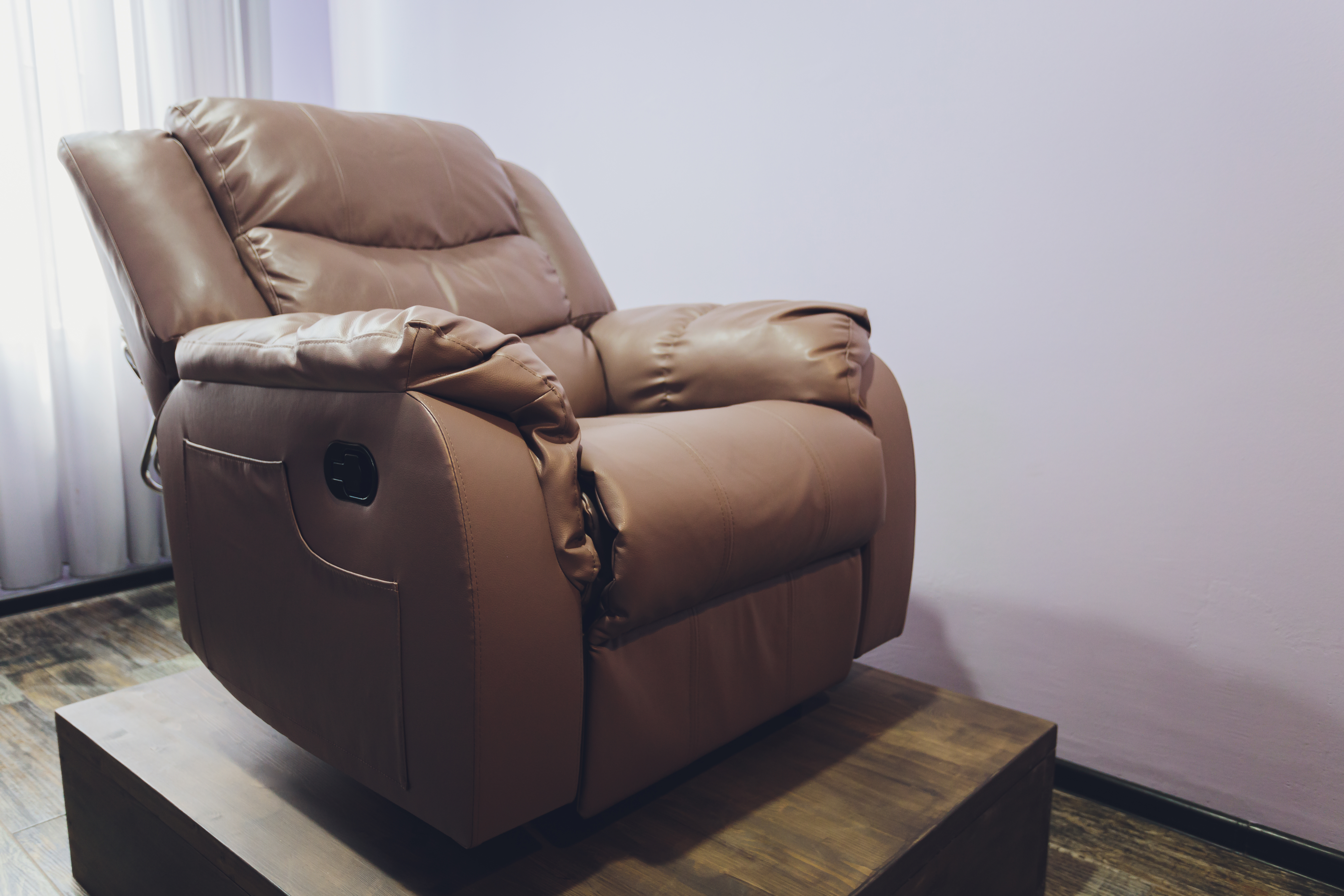Rocking Chairs: Design, Materials, and Woodworking Basics
Rocking chairs have been a recognizable piece of domestic furniture for centuries, valued for their gentle motion and practical comfort. Whether used on a porch, in a nursery, or as an accent in a living room, a rocking chair blends function and form. This article explains what defines a rocking chair, how it fits into modern furniture choices, the importance of wood selection, ergonomic chair features, and essential woodworking considerations for building or buying one.

What is a rocking chair and its appeal?
A rocking chair is a chair mounted on curved bands (rockers) that allow a person to rock back and forth. The motion can soothe, help with relaxation, or provide a comfortable way to sit while reading or feeding an infant. The appeal often stems from simplicity—many designs emphasize clean lines and a focus on movement rather than complex mechanisms. Rocking chairs also carry cultural associations with leisure and domestic routines, making them a familiar and comforting piece of furniture in many homes.
Rocking chairs as furniture: uses and placement
As a furniture item, a rocking chair can be both functional and decorative. It works well in living rooms, sunrooms, porches, and nurseries. Placement affects both use and perception: on a covered porch, a wooden rocking chair invites outdoor relaxation; in a nursery, a cushioned rocker aids feeding and soothing infants. When selecting placement, consider floor protection (felt pads or rugs) and the clearance needed for the arc of the rockers so the chair doesn’t strike walls or other objects during use.
Choosing wood for a rocking chair
Wood selection strongly influences durability, weight, appearance, and cost. Hardwoods such as oak, maple, and walnut offer strength and a fine finish, while softer woods like pine are easier to shape and more economical but can dent more readily. Outdoor rocking chairs require rot-resistant species (cedar, teak, or treated hardwoods) and appropriate finishes to protect against moisture and UV exposure. Grain pattern and color also guide aesthetic choices: close-grained woods take stain and varnish uniformly, while open-grain varieties create a more rustic look.
Chair ergonomics and comfort considerations
A rocking chair’s comfort depends on seat height, back angle, seat depth, and the curvature of the rockers. A seat that is too low or too deep can strain the knees or lower back; typical adult seat heights range roughly from 15 to 18 inches, but personal comfort varies. Back slat spacing and lumbar support affect long-term comfort—some designs include contoured seats or cushions. The rocker radius governs the rocking motion: a longer arc gives a slower, smoother rock, while a shorter arc yields a quicker motion. Try different styles when possible to assess how the chair supports posture during common activities like reading or nursing.
Rocking chair woodworking: construction basics
For woodworkers building a rocking chair, joinery, balance, and rockers are central concerns. Strong joints—mortise-and-tenon, dovetail, or well-executed dowels—ensure longevity where stress concentrates, such as where legs meet the seat. The rocker curves must be symmetrical and positioned so the chair rests safely in both forward and backward rock positions. Template-making, careful steaming or laminating for curved components, and pre-finish sanding simplify assembly and finishing. For those repairing or refinishing an older chair, inspect fasteners, check for loosened joints, and stabilize any cracks before refinishing.
Conclusion
Rocking chairs remain a versatile and enduring piece of furniture, combining motion, comfort, and craftsmanship. Whether choosing a ready-made chair or attempting a woodworking project, consider intended use, wood species, ergonomic fit, and construction methods. Thoughtful selection and proper maintenance can keep a rocking chair functional and attractive for many years.






